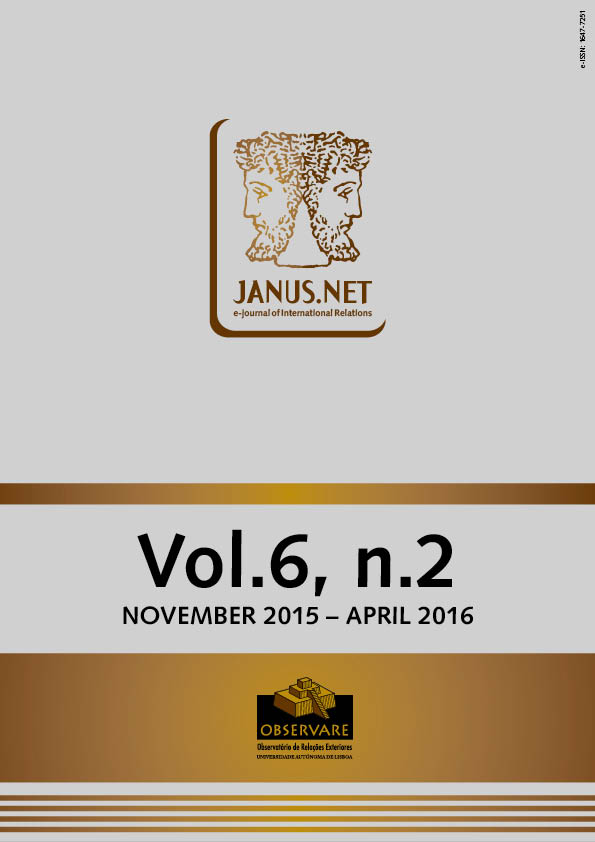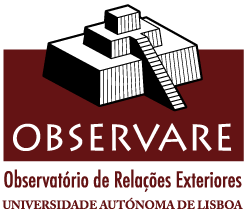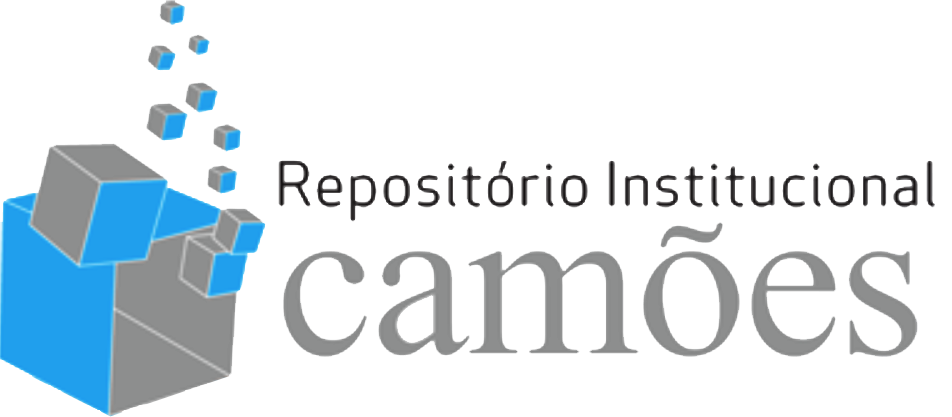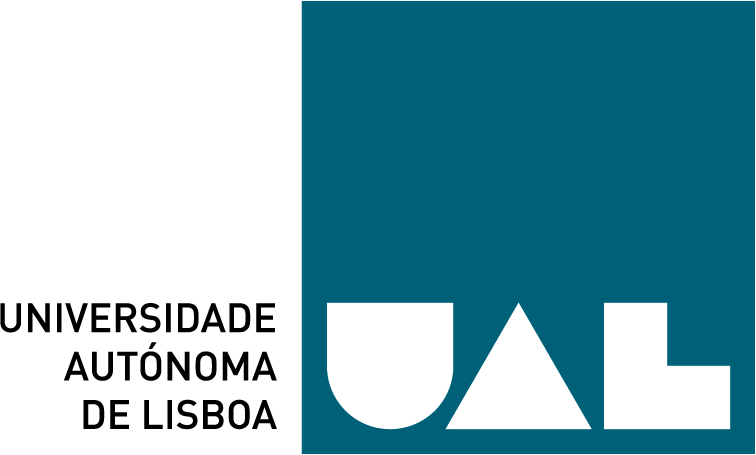On 18 September 2014, Scottish voters narrowly rejected political independence, losing 44.7% to 55.3%. Yet during more than 16 weeks, two opposing campaigns – Yes Scotland versus Better Together – strove to convince Scotland that political independence versus keeping the Union was the best choice for Scotland’s future. Filled with many unexpected moments, the campaign was intense, vibrant and almost breath-taking. The purpose of this article is to deliver a coherent and consistent account of the Scottish campaigns in order to make sense of the ‘No’ vote. In this article, we will proceed in four sections: first, we will put the referendum in context; second, we will highlight major aspects of the campaigns; third, we will bring the political process up-to-date and clarify the terms of the agreement reached under the Smith Process. Finally, in the last part, we will summarise the lessons to learn from the political outcome of the referendum.
THE SCOTTISH REFERENDUM 2014: THE POLITICAL PROCESS BEFORE AND AFTER THE ‘NO’ VOTE
Assistant Professor at the Department of International Relations and Public Administration at the Universidade do Minho (Portugal) and scientific fellow at the Department of Political Science at the Université Libre de Bruxelles (Belgium). She holds a Bachelor Degree in International Relations (Universidade do Minho); a Master’s Degree in Political Anthropology (Universidade do Minho) and a Ph.D. in Political Science (Université Libre de Bruxelles). She preferentially works on regionalist and nationalist movements in Europe. She has a particular interest in evolutionary forms of para-diplomatic activities and changing activities of regional offices in Europe. She is also interested in devolutionary, federalist and regionalist processes within all categories of political systems. Beyond academia, she is a scientific collaborator at the Instituto Galego de Análise e Documentação Internacional (IGADI) in Galicia and at the Centre Maurits Coppieters (CMC) in Brussels. The CMC is a think tank sponsored by the European EFA group at the European Parliament that promotes research on regionalism and nationalism in Europe.
Resumo
Palavras-chave
Como citar este artigo
Antunes, Sandrina (2015). ‘The Scottish Referendum 2014: the Political Process Before and After the “No” Vote’. JANUS.NET e-journal of International Relations, Vol. 6, N.º 2, November 2015-April 2016. Consulted [online] on date of last visit, http://hdl.handle.net/11144/2440
Article received on 21 April, 2015 and accepted for publication on 1 October, 2015















